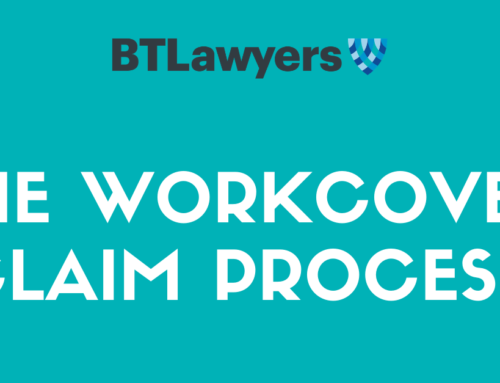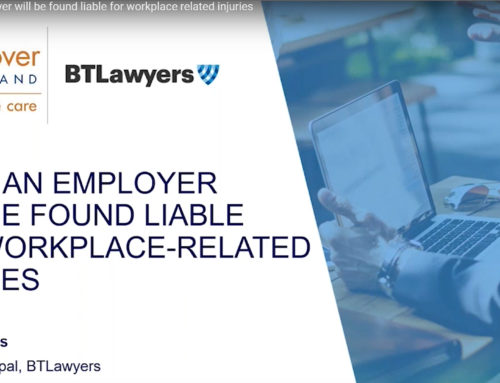By BTLawyers
No one wants to pay more than they have to for insurance.
Yet one cost that is on the rise for many businesses is public liability insurance as employers look for more flexibility to manage the peaks and troughs of business. While it may seem easy for employers to engage external contractors and labour-hire staff to help with this, it does bring certain risks and additional costs, particularly when it comes to public liability insurance.
How can businesses save on these costs?
We’ve come up with 5 tips that, when used alone or in combination, have helped to significantly reduce public liability insurance costs for some of our own clients.
Tip 1 – Scrutinise your policy: getting your deductible right
When using labour-hire or contactors there’s no practical way to avoid insurance, but the terms of insurance are definitely negotiable, particularly the deductible and premium.
The deductible (excess) is the amount the business must pay before the insurer covers the remainder of the claim. Typically the higher the deductible, the lower the premium.
The first thing to do is to find the ideal policy with the right balance between deductible and premium, ensuring that the other terms are sufficient to cover the business’ needs. A trusted broker can assist with this process.
Tip 2 – Preventing injury
The most obvious way to reduce the cost of public liability insurance is to prevent injury. Higher costs arising from injury claims are a guaranteed way to increase the cost of insurance.
Larger businesses typically have workplace health and safety officers, compliance staff, and human resources personnel who work to minimise risk. If you own or operate a small business, it’s unlikely you will have this level of resourcing, but there is still plenty you can do to prevent injury. This includes obtaining some basic advice and information about avoiding common types of injuries. Industry codes of practice that relate to workplace risks such as the Hazardous Manual Tasks Code of Practice 2011, published by WorkSafe Queensland are a good starting point.
Regular safety audits, performing risk assessments on work activities and reviewing training and instruction provided to workers can significantly reduce injuries and claims.
Tip 3 – Strategic investigations
A thoughtful investigation following a claim can have a significant impact on the amount of any payout that is ultimately made under a policy.
The investigation should commence as soon as possible after an incident causing injury, and a potential claim on the policy occurs. Any material evidence should be preserved in a secure, central location. If possible, photographs of the scene should be obtained. In the age of the iPhone, it is very easy to ensure that this evidence is collected. Care must be taken to save evidence carefully so it can be provided to the insurer as required.
Regardless of whether your business is big or small, you should be undertaking regular audits of all injury claims to identify trends in claims and areas of risk in the business. Auditing claims can help to reveal blind spots such as documented work procedures not being followed, or lack of supervision in a particular area of operation.
Tip 4 – Avoiding indemnities
Indemnity clauses require one party – the business or the labour-hire company/contractor – to “indemnify” the other against the cost of an injury claim. This means one party pays the costs – and typically legal fees – of the claim on the other’s behalf.
Indemnities might be for the benefit of the business or for the benefit of the labour-hire company/contractor.
Before entering into indemnities it is essential to consult a solicitor. These are complex clauses that are often difficult to work through even in situations where a solicitor has drafted the clause, and once a claim is made. Questions often arise about their enforceability.
The other matter to note is that often these indemnities appear in documents that do not look like standard contracts, such as purchase orders. Where a contracted supplier has these clauses within such documents, advice should be sought so that the business’ interests are protected.
Tip 5 – Using third party insurance clauses
Consideration should be given to whether contracting conditions can be entered into which require the contractor or labour-hire company to obtain insurance on the business’ behalf to cover injury claims that might be made by the contractor or labour-hire workers.
Depending on the nature of the commercial relationship, it may be possible for the business to shift the cost of insurance, and the risks associated with claims, to the relevant contractor or labour-hire company.






